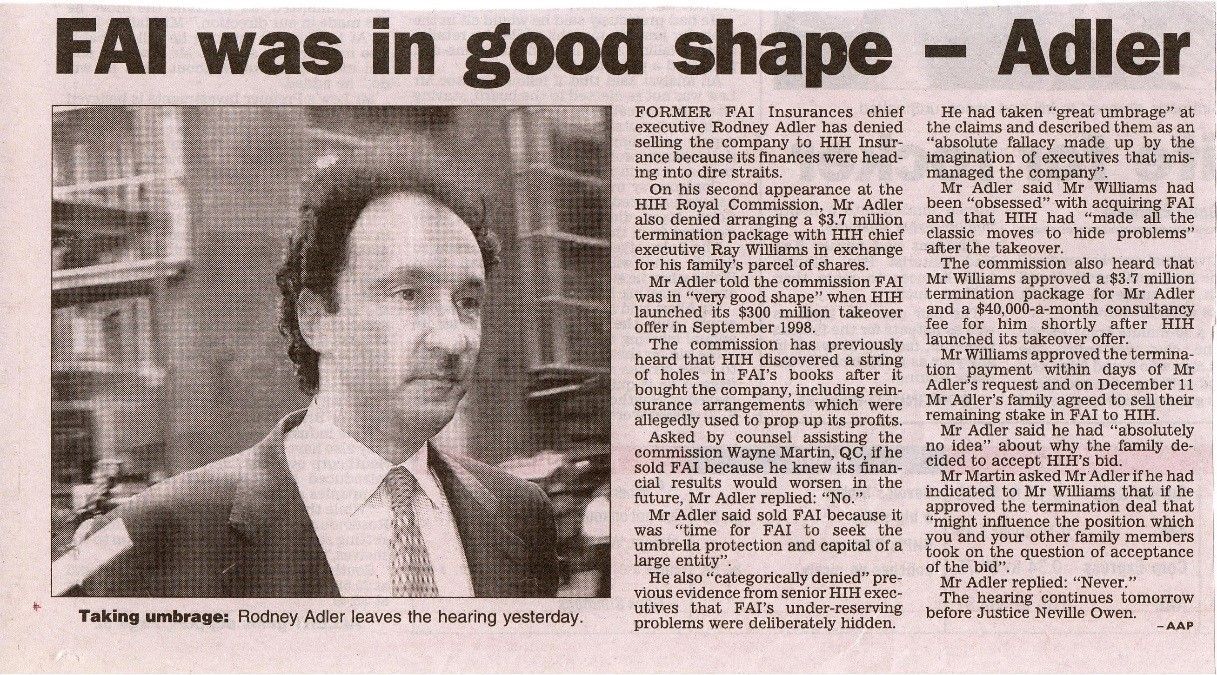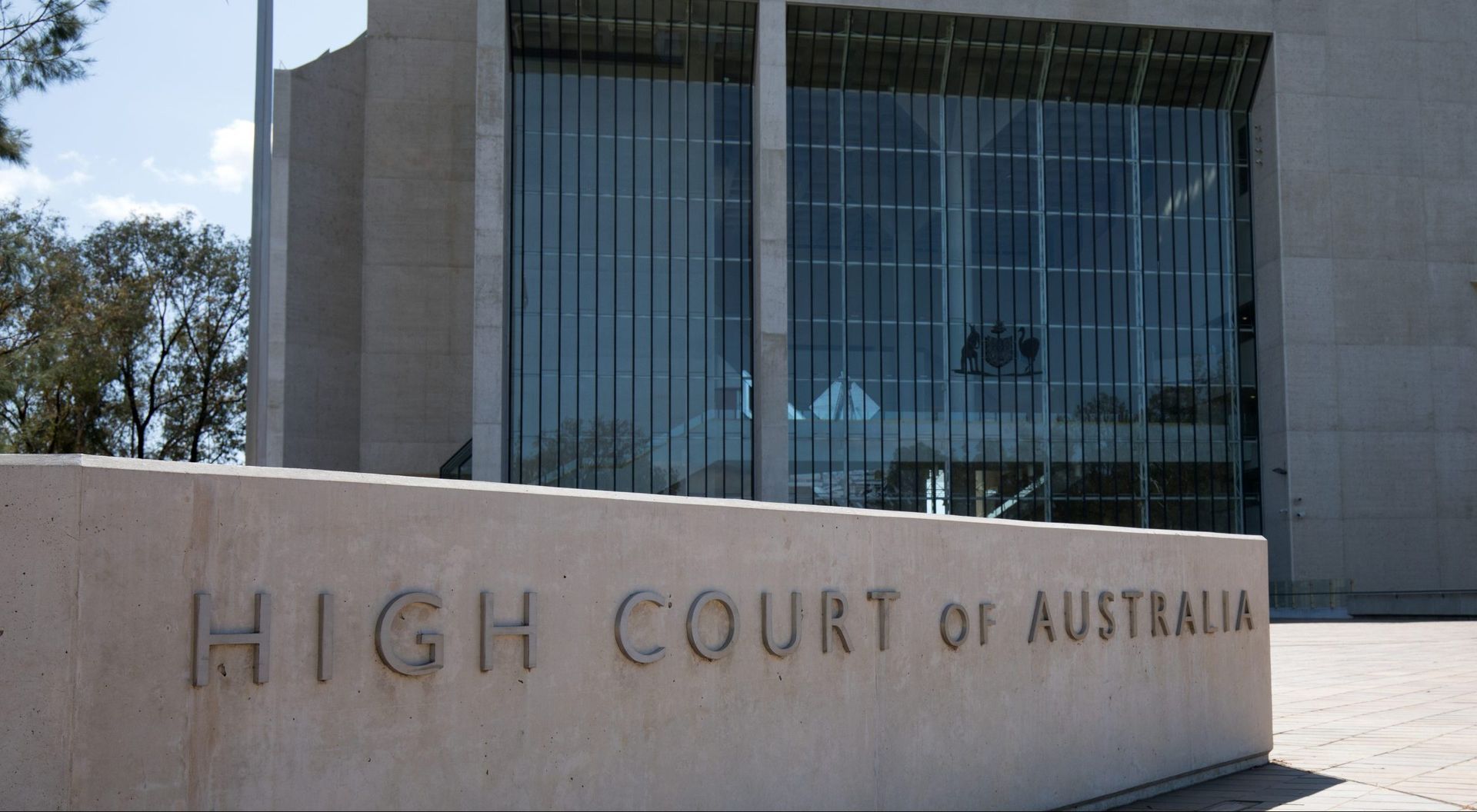CA Forensic Accounting Specialist triumphs in a shareholder oppression matter
We were engaged in early June 2019 to provide covert forensic accounting investigations of a finance director (and founding shareholder). A mutual arrangement was reached between the 2 company directors whereby the finance director resigned from the company at the end of June 2019. The nature of the dispute from this point in time, was that this former director and company shareholder, sought an unreasonably high amount in consideration for the value of his shares in this company.
We recommended to our client that an experienced litigator from a reputable national law firm, Piper Alderman, be retained to assist in the process of having this shareholder sells his shares in the company at a fair value. Piper Alderman initially pursued alternative dispute resolution. Unfortunately for our client, this shareholder remained steadfast in wanting an unreasonably high amount in consideration for his shares in this company and had gone to lengths to obtain and supply dubious quality valuation advice to support an inflated opinion of the value of the company. There were many valuation issues in dispute, including an egregious claim that a multi-million loan facility was not debt and did not require to be taken into consideration in calculating the value of the company.
Frustrated at being unable to reach an agreement on the value of his shares, the former director and shareholder commenced legal proceedings, claiming oppression and relief under section 292 and 293 of the Corporations Act 2001 (Cth). A positive step towards resolution of the matter was achieved on 17 September 2021, when consent orders were made to crystalise the relevant valuation date to 29 June 2021. We cannot underscore the commercial importance of a crystallised valuation date in such a dispute and we credit Piper Alderman for this procedural victory. Up to this point, the parties had been in an acrimonious dispute over value for over two years, however a fixed valuation date allowed the client to fully benefit from any increase in the value of the business from this valuation date.
This company operated a business selling beverages, oils and spreads derived from the coconut plant to retailers, primarily located across Australia. The Court’s orders allowed each adversarial party to put forward their own expert valuation evidence and have the Supreme Court of New South Wales determine the value of the plaintiff’s shares. We recommended a valuation expert recognised by Chartered Accountants Australia and New Zealand as a dual Business Valuation Specialist and Forensic Accounting Specialist, and the suitable independent expert witness, Mr M, was then instructed by Piper Alderman to provide evidence in the Court proceedings.
The Court considered competing expert witness valuation evidence in the matter. The valuation expert for the plaintiff, Mr G, initially submitted evidence opining that the value of the plaintiff’s shares in this company was $5,131,686 as at 29 June 2021. The valuation expert for the defendants, Mr M, opined that the value of the plaintiff’s shares in this company should be valued at $162,073 as at 29 June 2021. A conference between the two experts followed culminating in a joint experts’ report co-authored by Mr G and Mr M which was considered by the Court.
In summary, the Court accepted in its entirety the expert evidence of defendants’ expert, Mr M. The Court also acknowledged that this expert was recognised by Chartered Accountants Australia and New Zealand as a dual Business Valuation Specialist and Forensic Accounting Specialist, which were not credentials that could be claimed by Mr G. The Court decided in late September 2022, that the value of the plaintiff’ shares as at 29 June 2021 was $170,437.50, providing detailed reasons for this decision and adopting Mr M’s opinions in its entirety. This is a fantastic outcome for AVG Forensic’s client given the long-running valuation dispute between the two shareholders.
Critically, the valuation method adopted by Mr M, and importantly, the conclusion of value reached by Mr M, was entirely consistent with AVG Forensic’s view on what the value of the plaintiff’s shares in the company as at 29 June 2021, should be. At no point was Mr M made aware of our valuation work, which is a testament to both Mr M’s reasoned consideration of the facts and professional judgement applied.
On the other hand, heed the valuable lessons of the plaintiff’s valuation expert which are as follows:
1. The dispute between the two shareholders was, in pure quantum terms, substantially a dispute over whether a multi-million-dollar finance facility arranged by the company with an Australian bank, considered something other than debt for valuation purposes. The plaintiff’s strongly held view that this working capital finance facility was something other than ‘debt’, notwithstanding the existence of strict contractual repayment obligations including payment of interest to the lending the bank, was a position that was beyond what any reasonably competent valuation professional would consider as acceptable valuation practice for a retail business of this kind. Surprisingly, Mr G initially took the position of the plaintiff, which was that this was not debt and therefore the face value of the debt did not need to be offset against the value of the assets of the company. After conferring with Mr M, Mr G later deducted the value of the debt in preparing the joint expert report. It was never going to be sustainable for Mr G to adopt such a position following cross-examination during a final hearing – Mr G’s change of opinion on this issue in finalising a joint experts’ report created the impression that Mr G’s initially prepared expert report was prepared as an advocate of the party (which was always going to be a mistake).
2. In addition to changing his treatment of debt in a company valuation, Mr G also ultimately recoiled from previous opinions included in his initial expert report (mostly around the profitability of the business) and ultimately agreed with Mr M on all but one remaining issue. Mr G’s change of opinions on these other issues further reinforced the impression that Mr G’s initially prepared expert report was an advocate of the party. This is not to say that experts should not change their opinion evidence, rather experts should expect that questions will be asked of them as to the reasons why there are changes in opinion and the reasons for the change in opinion better be credible if the evidence is to be given sufficient weight.
3. Mr G and Mr M did not agree on an applicable profit multiple to capitalise the profits of the business. Mr G opined that the profit multiple should be approximately 8.0x and Mr M opined that the profit multiple should be approximately 4.0x. Both experts referenced International Valuation Standards issued by the International Valuation Standards Committee and Mr G’s evidence was that his profit multiple was based on a ‘market approach’ (i.e. based on analysis of profit multiples of claimed comparable companies) and Mr M’s profit multiple was based on an ‘income approach’ (i.e. based on a derivation of a Weighted Average Cost of Capital or WACC supported by finance theory and market-based inputs). Mr G considered Mr M’s derivation of a profit multiple using an income approach to be an inferior method to his market approach to determine the profit multiple. Unfortunately for Mr G, the heterogeneous nature of businesses rendered Mr G’s use of a ‘market approach’ over an ‘income approach’ a difficult proposition for Mr G to convince the Court. The Court considered that the 2 businesses relied on by Mr G as being comparable were found by the Court to be based on very weak opinion evidence by Mr G, including Mr G’s analysis of one business being comparable based on his recognition of the product brand being sold in supermarkets.
The above is our highly summarised analysis, written from the perspective of us acting as a shadow expert, however, the actual words of Her Honour, Penden J to describe Mr G’s analysis [at 66 to 70] are very illuminating words which are replicated below:
“I do not consider the transactions Mr G relied upon were appropriately comparable to provide a cogent basis for assessing a market value of the Company.
Mr G accepted he had “limited oversight regarding the terms and structure of each transaction”. He eventually accepted in cross-examination that his research into the financial position and performance of the companies was inadequate, and he ought to have had regard to other information.
While he accepted that there was no factual basis for his assumptions he used in his valuation, but nevertheless doggedly refused to accept that they were not truly comparable. He maintained they were “of some use”, without explaining how they could be used in light of the problems with his approach, which he accepted.
I note that he made various mistakes in his first report and varied his valuation down by millions of dollars in the joint report. Overall he did not appear careful with his reports or his evidence.
I consider his valuation on a market basis untenable, and I reject the submission that it ought to form the basis of my determination of the price.”
We were delighted for our client when Her Honour, Penden J, made her decision on 30 September 2022 as the right decision was reached for its client and because the expert evidence from a dual qualified Forensic Accounting and Business Valuation Specialist with Chartered Accountants Australia and New Zealand was considered far superior to the alternative.
Leave a Comment:
SEARCH ARTICLE:
RECENT ARTICLE:



Acuity Forensic
High-quality forensic accounting and valuation expertise for fair and sensible financial resolutions.
All Rights Reserved | Acuity Forensic ABN: 68 612 783 712
Liability Limited by a scheme approved by the Professional Standards Legislation








